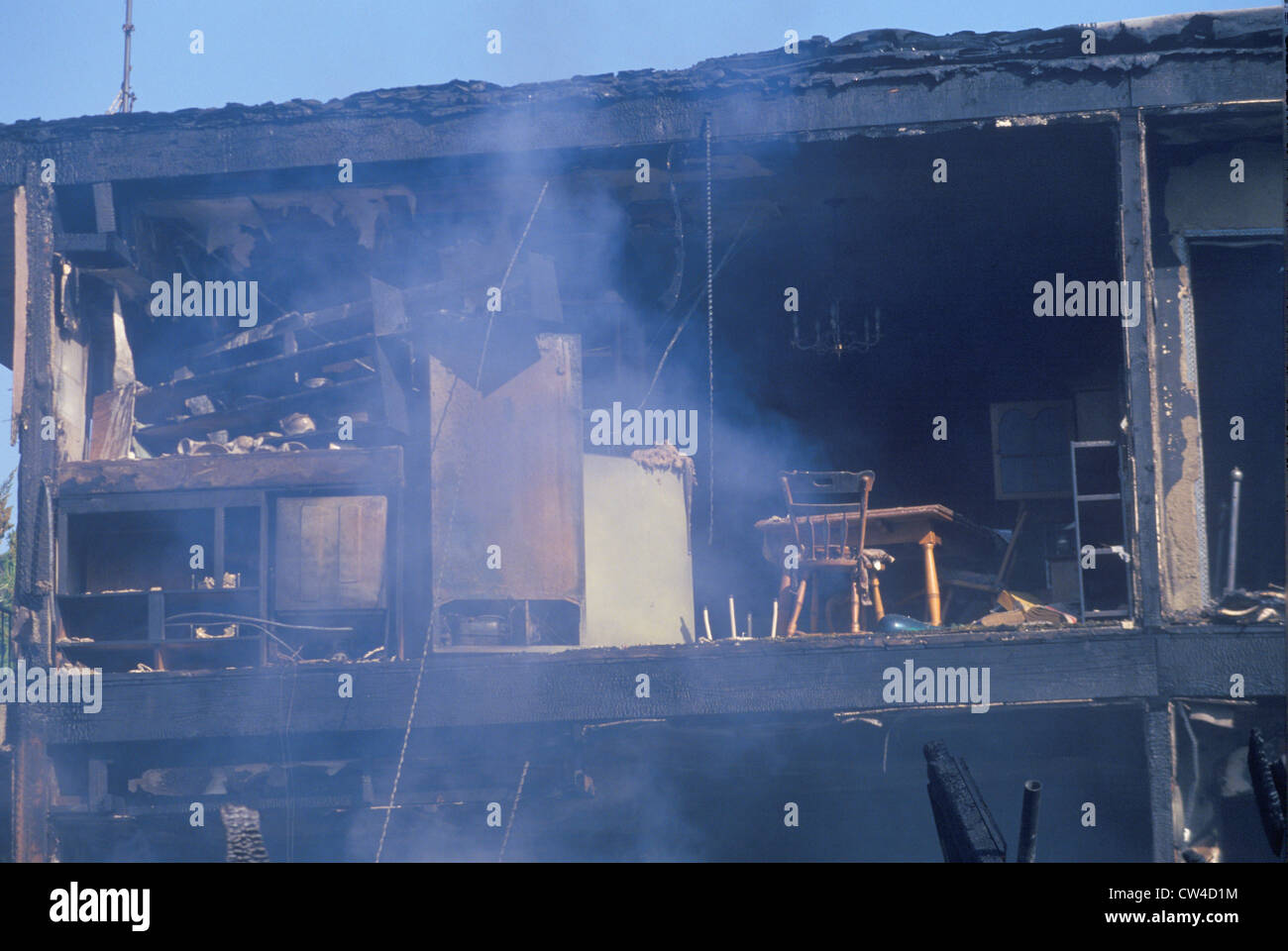Wildfires have become a growing concern across California, and questions often arise about specific regions like Northridge. Residents and visitors frequently wonder, "Was Northridge affected by the fires?" This article delves deep into the history of wildfires in the area, their impact, and what measures are in place to mitigate future risks.
Northridge, a neighborhood located in the San Fernando Valley, Los Angeles, has experienced its share of natural disasters. While earthquakes might dominate the headlines, wildfires are another critical issue affecting the region. Understanding the history and impact of wildfires in Northridge is essential for both residents and policymakers.
Through this article, we will explore the historical context, recent incidents, and the ongoing efforts to protect Northridge from wildfires. Whether you're a resident, a student, or simply curious about the region, this guide aims to provide valuable insights into the topic.
Read also:Who Was In The Monkees A Comprehensive Guide To The Band Members And Their Legacy
Table of Contents
- History of Wildfires in Northridge
- Recent Wildfire Incidents in Northridge
- Impact on the Community
- Fire Prevention Measures
- Role of Climate Change
- Government Initiatives
- Community Response
- Long-term Solutions
- Economic Impact of Wildfires
- Conclusion
History of Wildfires in Northridge
Northridge's history with wildfires dates back several decades. The region's dry climate and dense vegetation make it particularly susceptible to wildfires, especially during the summer and fall months. One of the earliest recorded wildfires in the area occurred in the 1960s, causing significant damage to local forests and properties.
Since then, Northridge has experienced several notable wildfires, each leaving its mark on the community. For instance, the Simi Fire in 1985 and the Station Fire in 2009 were among the most destructive incidents in recent history. These events highlight the ongoing threat of wildfires in the region.
Key Historical Events
- Simi Fire (1985): Burned over 14,000 acres and destroyed numerous homes in the vicinity.
- Station Fire (2009): One of the largest wildfires in Los Angeles County history, affecting areas close to Northridge.
Recent Wildfire Incidents in Northridge
In recent years, Northridge and surrounding areas have faced new challenges with wildfires. The Bobcat Fire in 2020 and the Alpine Fire in 2021 were among the most significant incidents, raising concerns about the increasing frequency and intensity of wildfires.
Data from the California Department of Forestry and Fire Protection (CAL FIRE) indicates that the number of wildfires in Southern California has been on the rise. This trend is attributed to factors such as climate change, urban sprawl, and inadequate fire management practices.
Statistics on Recent Fires
- Bobcat Fire (2020): Burned over 115,000 acres and threatened several communities near Northridge.
- Alpine Fire (2021): Destroyed dozens of structures and forced evacuations in nearby areas.
Impact on the Community
The impact of wildfires on Northridge extends beyond property damage. The community faces challenges such as air pollution, loss of wildlife habitats, and psychological stress among residents. These effects underscore the importance of addressing wildfire risks comprehensively.
According to a report by the American Lung Association, air quality in Northridge deteriorates significantly during wildfire seasons, posing health risks to vulnerable populations such as children and the elderly. Additionally, the loss of natural habitats affects local biodiversity, further complicating the region's ecological balance.
Read also:Top Restaurants Near The Wharf Orange Beach A Gourmet Guide
Health and Environmental Concerns
- Air Quality: Wildfires contribute to increased levels of particulate matter, leading to respiratory issues.
- Biodiversity: Loss of vegetation and wildlife habitats disrupts the local ecosystem.
Fire Prevention Measures
To mitigate the impact of wildfires, Northridge has implemented various fire prevention measures. These include controlled burns, vegetation management, and public awareness campaigns. Local authorities work closely with state agencies to ensure that these measures are effective and sustainable.
Residents are encouraged to create defensible spaces around their homes by clearing flammable materials and maintaining proper landscaping. Educational programs and workshops are also available to help community members understand the importance of fire safety.
Key Prevention Strategies
- Controlled Burns: Reduces the amount of fuel available for wildfires.
- Public Awareness: Educates residents about fire safety and preparedness.
Role of Climate Change
Climate change plays a significant role in the increasing frequency and intensity of wildfires in Northridge. Rising temperatures and prolonged droughts create conditions that are conducive to wildfires. Scientists predict that these trends will continue unless significant steps are taken to address climate change.
A study published in the journal Environmental Research Letters highlights the correlation between climate change and wildfire activity in California. The research suggests that reducing greenhouse gas emissions and promoting sustainable practices could help mitigate the impact of wildfires in the future.
Scientific Evidence
- Temperature Increase: Warmer temperatures lead to drier conditions, increasing fire risk.
- Drought Conditions: Prolonged droughts exacerbate wildfire conditions.
Government Initiatives
Government agencies at the local, state, and federal levels have implemented various initiatives to address the wildfire crisis in Northridge. These include funding for fire prevention programs, infrastructure improvements, and emergency response planning.
The Federal Emergency Management Agency (FEMA) and CAL FIRE collaborate to provide resources and support to communities affected by wildfires. Grants and funding opportunities are available for projects aimed at reducing wildfire risks and enhancing community resilience.
Examples of Government Programs
- Fire Prevention Grants: Provides funding for local fire prevention initiatives.
- Emergency Response Planning: Ensures that communities are prepared for wildfire incidents.
Community Response
The community of Northridge has shown resilience in the face of wildfires. Residents and local organizations actively participate in efforts to mitigate the impact of wildfires and support those affected by them. Volunteer programs and fundraising activities are common during wildfire seasons.
Community groups such as the Northridge Emergency Preparedness Committee (NEPC) play a crucial role in educating residents about fire safety and coordinating emergency response efforts. These initiatives foster a sense of unity and cooperation among community members.
Community Engagement
- Volunteer Programs: Encourages residents to contribute to wildfire prevention efforts.
- Education and Training: Provides resources and workshops for community members.
Long-term Solutions
Addressing the wildfire crisis in Northridge requires long-term solutions that focus on sustainability and resilience. These solutions include investing in renewable energy, promoting urban planning that minimizes fire risks, and fostering international cooperation to combat climate change.
Experts emphasize the need for a holistic approach that considers the interconnectedness of environmental, social, and economic factors. By adopting innovative technologies and policies, Northridge can become a model for wildfire resilience in urban areas.
Potential Long-term Strategies
- Renewable Energy: Reduces reliance on fossil fuels and mitigates climate change impacts.
- Urban Planning: Designs communities with fire safety in mind.
Economic Impact of Wildfires
The economic impact of wildfires in Northridge is substantial, affecting property values, business operations, and local economies. Insurance costs have risen significantly in recent years due to the increased frequency of wildfires. Additionally, tourism and real estate industries face challenges as potential buyers and visitors become hesitant to invest in fire-prone areas.
According to a report by the National Association of Realtors, properties located in high-risk wildfire zones experience a decline in value, making it difficult for homeowners to sell or refinance their homes. This economic burden further complicates the recovery process for affected communities.
Economic Challenges
- Property Values: Decline in property values in high-risk areas.
- Insurance Costs: Rising insurance premiums due to increased wildfire risks.
Conclusion
In conclusion, the question of whether Northridge was affected by the fires has a resounding answer: yes. The region has faced numerous wildfires over the years, each leaving lasting impacts on the community. Understanding the history, causes, and effects of wildfires is crucial for developing effective prevention and response strategies.
We encourage readers to take action by staying informed, participating in community efforts, and supporting policies that address climate change and wildfire risks. Share this article with others to raise awareness and contribute to a safer, more resilient Northridge. Together, we can protect our community and ensure a brighter future for all.



